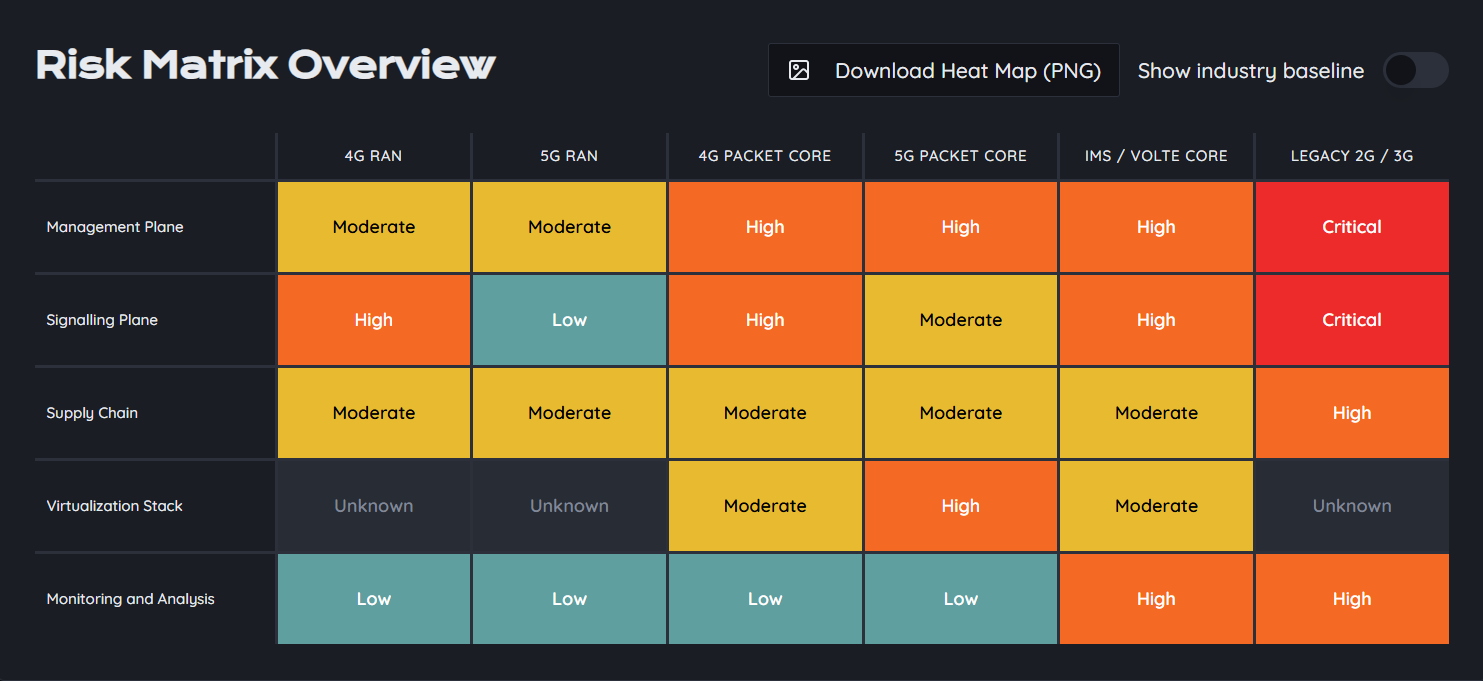Introduction: Telecom Protocols—From Backbone to Backdoor
From the legacy days of 2G to the emerging 5G Core, mobile networks rely on signaling protocols to authenticate subscribers, establish sessions, and route traffic. But many of these protocols—SS7, Diameter, GTP, IMS, and even 5G SBA—carry inherent security weaknesses that are now widely exploited by attackers.
Each protocol serves a vital role. Yet together, they form a layered attack surface that is both complex and deeply interconnected. This blog breaks down how each of these protocols is targeted in real-world scenarios, the root causes of their vulnerabilities, and the defenses that operators must adopt in 2025.
1. SS7 – The 1970s Protocol That Still Enables Surveillance
Originally designed for fixed-line networks in the 1970s, Signaling System No. 7 (SS7) was adopted for GSM networks in the 2G era. It was built on the assumption that all network operators are trustworthy—an assumption that has long since collapsed.
🛑 Risks:
- No authentication or encryption
- Global trust model means anyone inside the signaling network can impersonate others
🧨 Common Attacks:
- Location tracking via HLR/VLR queries
- Call and SMS interception
- SIM swap and session hijacking
- Billing fraud or service denial
⚠️ Reality in 2025:
SS7 is still active in roaming interconnects and 2G/3G fallback scenarios—even for subscribers on 4G or 5G. Any mobile network exposed to legacy signaling paths remains vulnerable.
2. Diameter – Secure on Paper, Risky in Practice
Diameter was designed as a “secure replacement” for SS7 in 4G LTE networks. It supports TLS and IPsec... but here’s the catch: security is optional.
🛑 Risks:
- TLS/IPsec often disabled for interoperability
- Vulnerable to fuzzing, malformed packets, and replay attacks
- Poor authentication between peer entities
🧨 Common Attacks:
- Subscriber impersonation and credential theft
- Inter-PLMN message tampering
- Exhaustion attacks (e.g., CPU/connection flooding via CCR/RAA)
⚠️ Reality in 2025:
Many operators deploy Diameter with weak configurations. Cross-border roaming and IMS interconnects often leave doors wide open for abuse.
3. GTP – The Tunnel Protocol That Leaks
GPRS Tunneling Protocol (GTP) is used for carrying user and control plane traffic across 2G, 3G, and 4G networks. It underpins roaming and session setup—yet was never built with security in mind.
🛑 Risks:
- No built-in message authentication
- Weak validation of TEIDs and peer entities
- Often exposed at roaming exchange points (GRX/IPX)
🧨 Common Attacks:
- IP spoofing to impersonate users
- Session hijacking and DoS via GTP-C
- Data leakage via GTP-U traffic sniffing
⚠️ Reality in 2025:
GTP remains a favorite for mobile fraud gangs, especially in roaming scenarios. Despite awareness, operators often fail to monitor GTP-U payloads, missing clear indicators of abuse.
4. IMS/SIP – The VoIP Front Door for Mobile Attacks
IP Multimedia Subsystem (IMS) enables VoLTE, VoWiFi, and rich communication services (RCS). It relies heavily on SIP (Session Initiation Protocol), which has a long track record of abuse in VoIP systems.
🛑 Risks:
- SIP headers can be manipulated for spoofing
- IMS lacks comprehensive end-to-end integrity protection
- Interconnect security often based on trust
🧨 Common Attacks:
- SIP-based spoofing and impersonation
- VoLTE eavesdropping via weak SRTP configs
- RCS abuse for phishing or spam
⚠️ Reality in 2025:
As IMS becomes mandatory for voice (with 2G/3G sunsets), it’s now a primary attack vector. Operators that fail to secure their IMS infrastructure risk call fraud and privacy breaches at scale.
5. 5G SBA – Built Secure… Until You Connect It to the Internet
The 5G Service-Based Architecture (SBA) introduces cloud-native principles to telecom—but also inherits API-based attack surfaces that didn’t exist before.
🛑 Risks:
- Public or poorly segmented APIs
- Improper OAuth2/mTLS usage
- Business logic flaws in NFs like UDM, AUSF, PCF, and NEF
🧨 Common Attacks:
- Unauthorized access to subscriber data via UDM
- Token abuse or privilege escalation via AMF
- Message forgery or DoS between 5GC Network Functions
⚠️ Reality in 2025:
As more 5G NFs move to cloud environments (Kubernetes, containers), telecom operators must learn from web application security—or face large-scale compromise through exposed interfaces.
Cross-Protocol Risks: Where Threats Multiply
These protocols don’t exist in isolation. Attackers frequently chain vulnerabilities:
- SS7 or Diameter may leak IMSI → GTP used for session hijack
- GTP reveals TEID → SIP used for VoLTE fraud
- SBA exposed → attacker reaches UDM and pulls full subscriber profile
The weakest protocol in the stack can compromise the rest.
How Operators Can Defend Against Protocol-Based Attacks
✅ 1. Deploy Protocol-Aware Firewalls
SS7, Diameter, GTP, and SIP firewalls must not just filter by rules—but also understand protocol behavior and state.
✅ 2. Use Real-Time Intrusion Detection
Integrate solutions like P1 Telecom Monitor (PTM) for real-time signaling anomaly detection, DPI, and threat correlation across layers.
✅ 3. Harden 5G API Interfaces
All SBA components must enforce mTLS, OAuth2, and strict access policies. Don't expose interfaces unless absolutely required.
✅ 4. Perform Signaling Pentesting
Red team exercises must simulate abuse of every protocol—especially inter-protocol interactions and privilege escalation paths.
✅ 5. Adopt Continuous Monitoring and Threat Intelligence
Regularly update detection rules based on live attack patterns. Leverage vendor-neutral threat feeds and community intelligence.
Telecom Security Is a Multi-Layer Challenge
SS7, Diameter, GTP, IMS, and 5G SBA are not just technical protocols—they are critical security zones. In 2025, attackers understand how to exploit every layer of the signaling stack, often with tools that require little technical sophistication but exploit massive architectural gaps.
Securing one protocol is not enough. Operators must approach telecom protocol security as a systemic challenge, defending not just each component—but the entire interworking ecosystem.
At P1 Security, we work with operators, governments, and critical infrastructure providers to harden telecom networks across all layers—from legacy SS7 to cutting-edge 5G SBA.
Because in telecom security, what attackers know about your protocol stack is more dangerous than what you don’t.
🔐 Looking for the full picture? Explore the Ultimate Guide to Mobile Network Security — your complete resource on telecom security, from architecture to audits.




